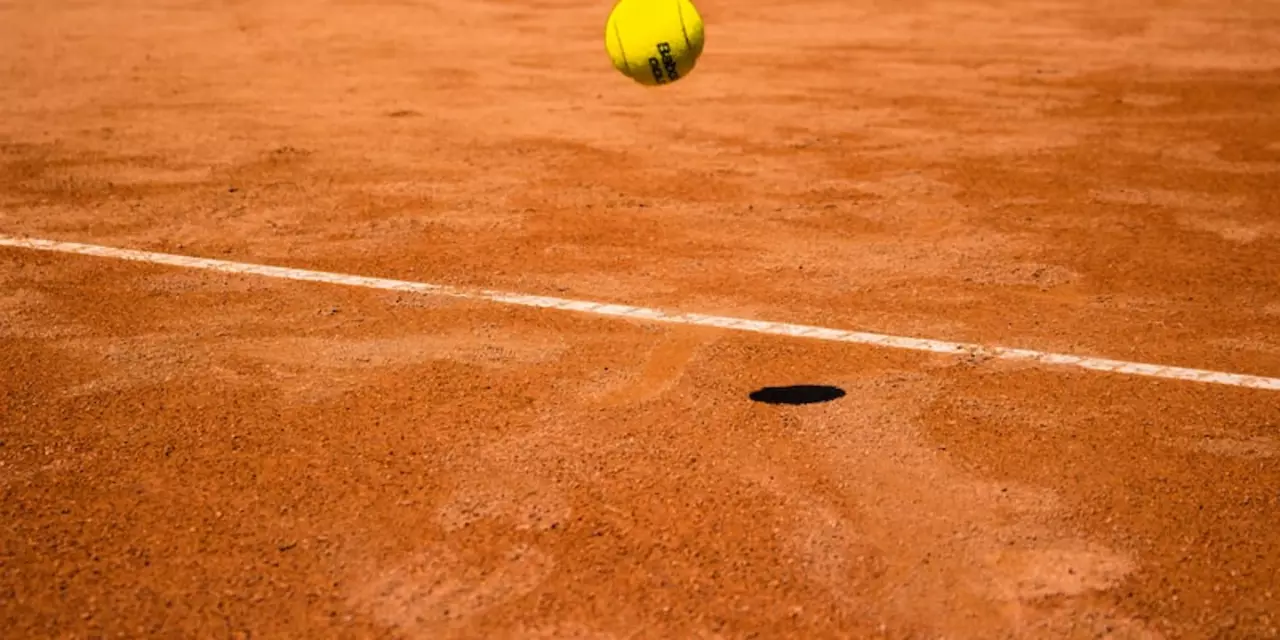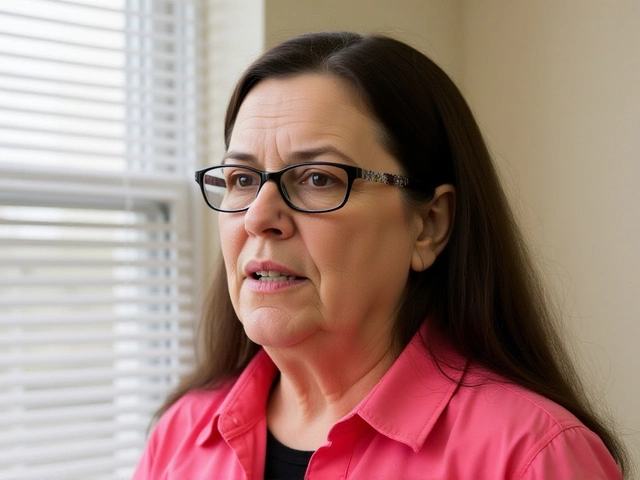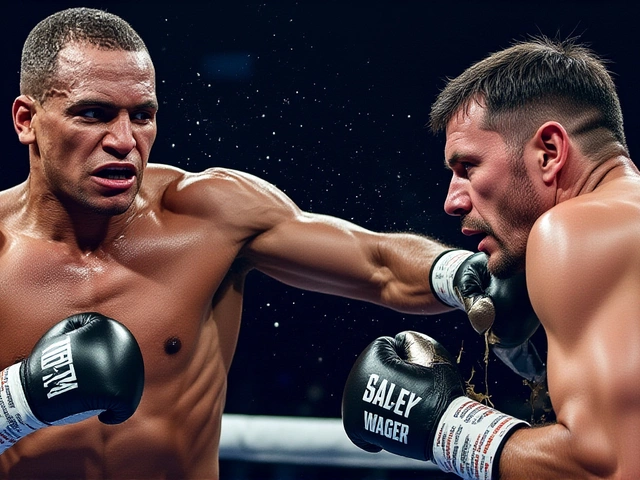Table Tennis Ball Guide: Types, Care & Buying Tips
If you play table tennis at Colchester Table Tennis Club, the ball you use can change how fast you play and how steady your shots feel. Below you’ll find the basics of table tennis balls, how to pick the best one for you, and simple ways to keep them in top shape.
What kinds of table tennis balls are there?
All official balls are 40 mm in diameter and weigh 2.7 g, but they differ in material and rating. The most common types are:
- 3‑star (ITTF approved) – used in leagues and tournaments. These balls are the most consistent and last the longest.
- 2‑star – a step down in quality, good for practice sessions where you’ll lose a few balls quickly.
- 1‑star – the cheapest option, great for beginners or when you’re just having fun.
There are also celluloid balls (old style) and the newer plastic (poly‑) balls. Plastic balls have less bounce variation and are allowed in official play since 2014. Most clubs, including ours, use the 3‑star plastic balls for a reliable feel.
How to choose the right ball for your game
Think about three things when you shop:
- Skill level – beginners can start with 1‑star or 2‑star; intermediate and competitive players should stick to 3‑star.
- Playing surface – on a glossy table, a slightly heavier ball gives a steadier bounce. On a matte surface, a lighter ball feels faster.
- Budget – a pack of 3‑star balls costs more, but you’ll need fewer replacements. Buying in bulk saves money.
When you’re at the club shop, give the ball a quick bounce test. It should leave your hand with a clean pop and not feel too soft.
Keeping your balls in good shape
Table tennis balls lose spin and bounce quickly if they get wet or sit in hot rooms. Follow these simple steps:
- Store them in a cool, dry box. A simple plastic container with a lid works fine.
- Avoid direct sunlight. UV rays break down the plastic and make the ball uneven.
- Don’t mix old and new balls. Old balls roll slower, which can mess up your rhythm during practice.
If a ball gets a small dent, you can flatten it gently with your hand before the next game. Big cracks mean it’s time for a new one.
Where to buy quality balls
At Colchester Table Tennis Club we stock approved 3‑star balls from brands like Butterfly, DHS and Joola. You can also order online from trusted sports retailers – just make sure the package says “ITTF approved” on the label.
Buying in 6‑ball packs gives you enough supply to rotate fresh balls during a match, which many competitive players swear by.
Remember, the right ball makes your practice smoother and your matches tighter. Try a few different packs, feel the bounce, and stick with the one that matches your style. Happy hitting!

What kind of tennis ball is the best?
This article examines the various types of tennis balls available and their benefits. It looks at the features of each type of ball and how they can affect a player's performance. The article concludes that there is no single best type of ball, as each type provides its own unique benefits. However, it suggests that the most common type of ball, the pressurized ball, is the best choice for recreational players. It has the right balance of durability, performance and cost. Ultimately, it is up to the individual player to decide which type of ball is right for them.
View More


